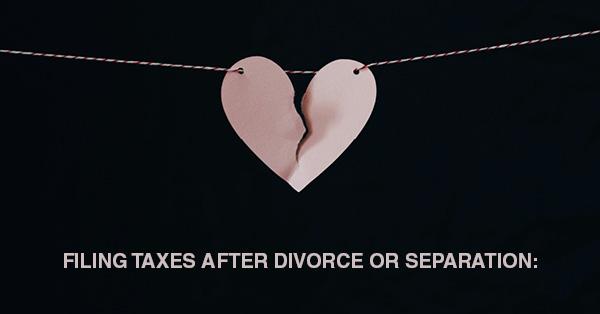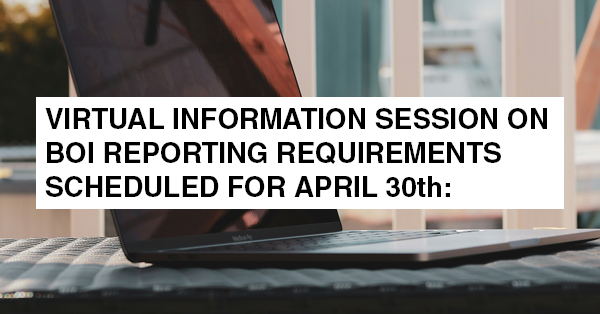FILING TAXES AFTER DIVORCE OR SEPARATION:

The IRS has created a one-stop webpage, Filing Taxes After Divorce or Separation, to help divorced and separated taxpayers file their taxes accurately. This can help them reduce the chances of a balance due during filing season.
Following is a Divorce & Taxes Checklist provided by the IRS:
Divorce or separation can affect your taxes. This quick checklist can help you understand what changes you need to make to avoid an unexpected balance due when you file
- Will your filing status change? Changing your filing status from Married can make a difference in your taxes. Use the What is My Filing Status?assistant to determine what filing status you should use on your tax return.
Tip: If you’re legally separated or divorced at the end of the tax year, file as single unless you’re eligible to file as head of household or you remarry by December 31.
- Will you be able to claim dependents? Divorce can affect your ability to claim dependents, which can impact how much tax you owe. Find out if you’re eligible using the Whom May I Claim as a Dependent? assistant. Note: You need to know your filing status first.
- Are you using your retirement account to cover divorce expenses? Early withdrawals from retirement accounts, such as a 401(k), can trigger additional taxes. Most plans require an ex-spouse to file a Qualified Domestic Relations Order with the plan administrator before you withdraw.
- Should you itemize deductions? Divorce can lead to a loss of deductions normally taken on Schedule A, including medical expenses, mortgage interest, real estate taxes, general sales tax, and gifts to charity. Special rules apply if you choose to file Married Separate and your spouse itemizes.
Tip: If you can’t itemize, use the How Much Is My Standard Deduction? assistant to determine the amount of your standard deduction.
- Are you adding an additional source of income? Income earned from a second job, gig-economy “side hustles” or starting your own business are all examples of taxable income that can affect your taxes.
- Do you need to adjust your federal income tax withholding or make estimated tax payments? If any items on this list apply to you, you might need to adjust your withholdings, make estimated tax payments or both. Use the Tax Withholding Estimator to estimate the federal income tax you want your employer to withhold from your paycheck.
Tip: Consider completing a new Form W-4 each year and when your personal or financial situation changes.
This checklist is only a guide to help you stay compliant with your tax obligations and may not contain all requirements or specific situations that apply to you. See www.irs.gov/divorce for more resources.




